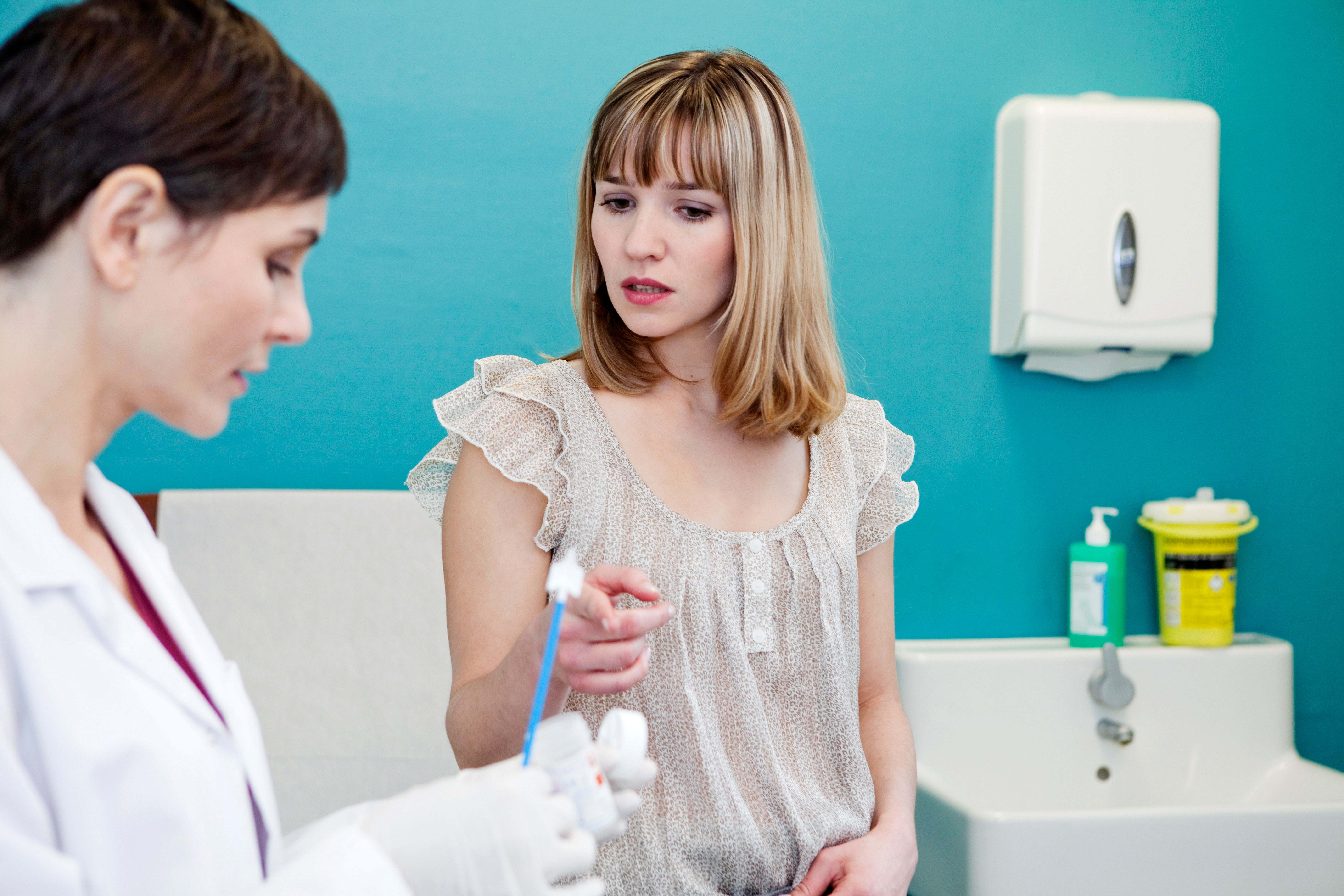Ever wished you could ask more questions about cervical screenings or smear tests, but worried you’ll sound silly?
The cervical screening programme helps save thousands of lives in the UK each year. But, it’s fair to say there’s still a fair bit of mystery about them, and they can be a bit awkward or nerve-wracking for some people.
Remember, if you’re worried or unsure about anything, it is always absolutely OK to ask healthcare professionals for more information. In the meantime, for Cervical Screening Awareness Week (June 20 – 26), we asked experts to answer some of our most pressing questions about smear tests…
1. What age can you stop having screenings?
Amanda Caley, clinical specialist for Zilico, who works across 15 hospitals across the UK in colposcopy, says: “The UK has one of the most robust screening programmes in the world, and at 64 you go for your last annual screen if there are no abnormalities.
Professor Jay Chatterjee, consultant gynae-oncologist at The Lister Hospital, part of HCA Healthcare UK, notes that “the risk of cervical cancer significantly decreases after the age of 65 years”.
2. How often should I go for a smear test?
When it comes to routine cervical screenings, Caley explains that how frequently they are offered “isn’t the same across the UK. In England, we start at 25 and until you are 49, you get screened every three years. If there is an issue you may have to be screened more frequently.”
However, in Wales, routine screening has been extended to every five years instead of three. In Scotland it’s every five years too.
For people who don’t identify as female but may still need screenings, Caley says: “If you aren’t registered as a female with your GP but have a cervix, do phone your GP service and ask to join the list.”
3. Can you book a cervical screening at any time?

Caley says: “You can’t do it at anytime. It has to be your turn, you can’t call at 19 and ask for a screening.”
Chatterjee adds: “Unless there is a medical reason as to why you need a smear test before 25, they are not routinely carried out until this age, as the risk of cervical cancer is very low.”
However, if you are concerned about any unusual symptoms or have a family history of cancer, speak to your GP. They can answer any questions you have, and provide personalised advice and reassurance.
4. How worried should you be if you are called in for a biopsy?
First and foremost, getting an abnormal result on your smear test does not mean you have cancer.
Cervical screenings don’t actually diagnose cervical cancer. They’re designed to prevent cancer from happening – by checking for certain strains of HPV and cell changes, which may mean you’re at greater risk of developing the disease. These can then either be monitored or treated, as required.
If cell changes are detected during your screening, the next step is usually a colposcopy, which enables a healthcare professional to take a closer look at your cervix. If necessary, a small sample of cells (biopsy) may be taken for further testing.
“A colposcopy will take place in a hospital setting, but the nurses will try their best to make you comfortable. You will be assessed there, answer some questions and sit in a chair with stirrups – yes, like Rachel in Friends,” says Caley.
“There will be a few dyes used to change the colour of the cells to see if everything is normal. If all of those things are indicating you need a biopsy, then you would [have one].”
5. What should you wear for a smear test?
You can wear anything you like – but for practicality and comfort, Caley says: “Don’t wear a big jumper, or a jumpsuit. You look fab but you will end up sat in your bra. Wear a nice maxi dress or some joggers. Make it easy to get on and off.”
6. How many tests do you do a day?
This depends on the clinic, but Caley says: “Within primary care in a GP surgery, the nurse will do up to 10 people in the morning in a smear clinic, but it does vary.”
7. Is there any body judgement?
Caley is adamant on this one. “No!” she assures. “We have seen everything and we couldn’t pick you out of a crowd after. The clinics tend to be more female-led, which may put you more at ease. We are just in there to have a look at your cervix.”
8. Is it easier to do a cervical screening post-birth or menopause?
“No, it is just different. In reality, there are five different types of speculums you might use and you will be assessed based on what makes you comfortable. We can use a very small speculum if it will make you more comfortable,” explains Caley.
Chatterjee adds: “It is advised you wait at least three months after giving birth before booking a smear test. In menopausal women, using vaginal oestrogen can make getting an adequate smear easier.
9. Will it feel uncomfortable after?
“It normally doesn’t, but everyone is different,” says Caley. While many people experience no physical discomfort after a smear, some people may do – and it’s OK to tell your nurse or doctor if you are anxious.
“If you tense up, it will be more uncomfortable. Take a paracetamol beforehand if you are really worried. Take a deep breath, and breath out as the speculum comes out,” Caley shares.
10. Should I wax or shave before?
“If you want to, yes, if you generally like to, but you don’t need to for your screening,” says Caley. “It makes no difference to us if you are hairy or hair-free.”
11. Can I have my screening if I am on my period?
“Not really,” says Caley. “Cells from the lining of your womb are coming away and those cells are not being looked for. Call and ask beforehand.”





